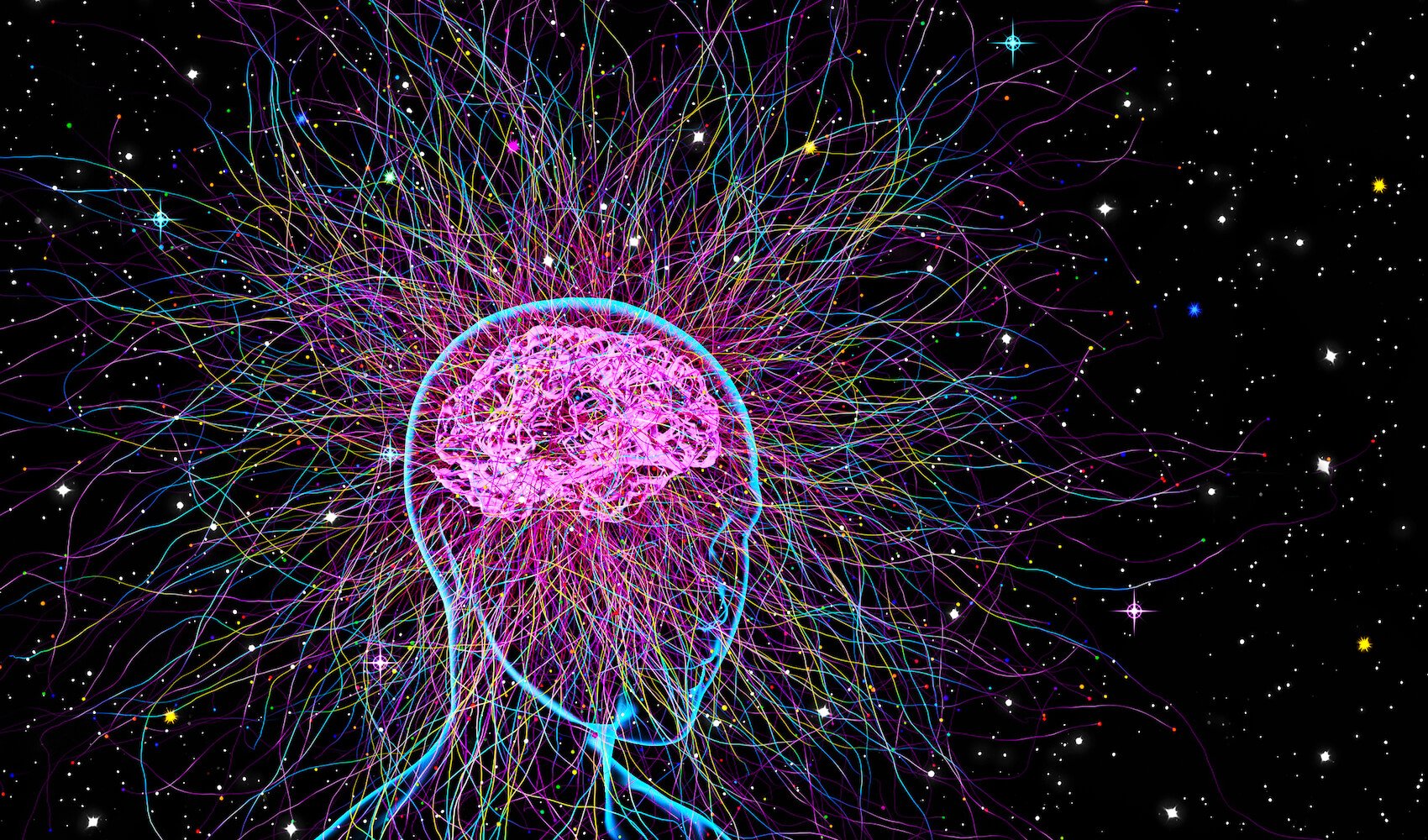
New Study Finds Humans Can Access A Higher Level of Consciousness
This is the first study to show that brain-signal diversity is more than baseline, that is, greater than in someone who is merely ‘awake and aware.’
By Gautam Peddada | Collective Evolution
New research has discovered verifiable evidence of a higher level of consciousness. Researchers used brain-imaging equipment to analyse the small magnetic fields created in the brain and discovered that, across three psychedelic substances, one measure of conscious level – neural signal diversity – was consistently greater.
Neuroscientists discovered a prolonged increase in neural signal diversity – a measure of the complexity of brain activity – in persons under the influence of psychedelic substances as compared to when they were awake.
The variety of brain impulses gives a mathematical indicator of awareness degree. People who are awake, for example, have more diversified brain activity than those who are asleep, according to this measure.
However, this is the first study to show that brain-signal diversity is more than baseline, that is, greater than in someone who is merely ‘awake and aware.’ Previous research has focused on decreased states of awareness, such as sleep, anaesthesia, or the so-called vegetative state. More research utilizing complex and diverse models is required, according to the researchers, who are cautiously hopeful.
Professor Anil Seth, Co-Director of the University of Sussex’s Sackler Centre for Consciousness Science, stated:
“This discovery demonstrates that the brain on psychedelics functions quite differently than usual.”
“As evaluated by ‘global signal diversity,’ the electrical activity of the brain during the psychedelic experience is less predictable and less ‘integrated’ than during regular conscious wakefulness.”
“Since this measure has already shown its value as a measure of ‘conscious level’, we can say that the psychedelic state appears as a higher ‘level’ of consciousness than normal – but only with respect to this specific mathematical measure.”
For the study, Michael Schartner, Adam Barrett, and Professor Seth of the Sackler Centre reanalysed data that had previously been collected by Imperial College London and the University of Cardiff in which healthy volunteers were given one of three drugs known to induce a psychedelic state: psilocybin, ketamine, and LSD.
Using brain imaging equipment, scientists examined the small magnetic fields created in the brain and discovered that, across all three medicines, this measure of conscious level – neural signal diversity – was consistently greater.
The researchers emphasize that this does not imply that the psychedelic state is a “better” or “more desirable” state of consciousness; rather, it demonstrates that the psychedelic brain state is distinct and can be related to other global changes in conscious level (e.g., sleep, anaesthesia) by using a simple mathematical measure of signal diversity.
“That identical improvement in signal diversity was discovered for all three medications, despite their rather distinct pharmacology, are both quite remarkable and also encouraging that the results are robust and reproducible,” said Dr. Muthukumaraswamy, who was involved in all three original research.
The findings might help feed on-going conversations concerning the strictly supervised medical usage of such medications, such as in the treatment of severe depression.
“Rigorous research into psychedelics is garnering greater interest, not least because of the therapeutic potential that these substances may have when taken wisely and under medical supervision,” said Dr. Robin Cahart-Harris of Imperial College London.
“The current study’s findings assist us to comprehend what happens in people’s brains when they experience psychedelic consciousness expansion. People frequently report having “insight” when using these substances, and when this occurs in a therapeutic setting, it can predict beneficial outcomes. The current discoveries may help us understand how this is possible.”
In addition to informing potential medical applications, the study contributes to developing scientific knowledge of how conscious level (how conscious one is) and conscious content (what one is conscious of) are connected.
According to Professor Seth:
“We discovered links between the intensity of subjects’ psychedelic experiences and variations in signal diversity. This shows that our metric is closely related not just to global brain alterations caused by medicines, but also to features of brain dynamics that underpin specific kinds of conscious experience.”
The study team is currently concentrating their efforts on determining how particular alterations in information flow in the brain underpin certain components of the psychedelic experience, such as hallucinations.
This article (New Study Finds Humans Can Access A Higher Level of Consciousness”) was originally published on Collective Evolution and is published under a Creative Commons license.
